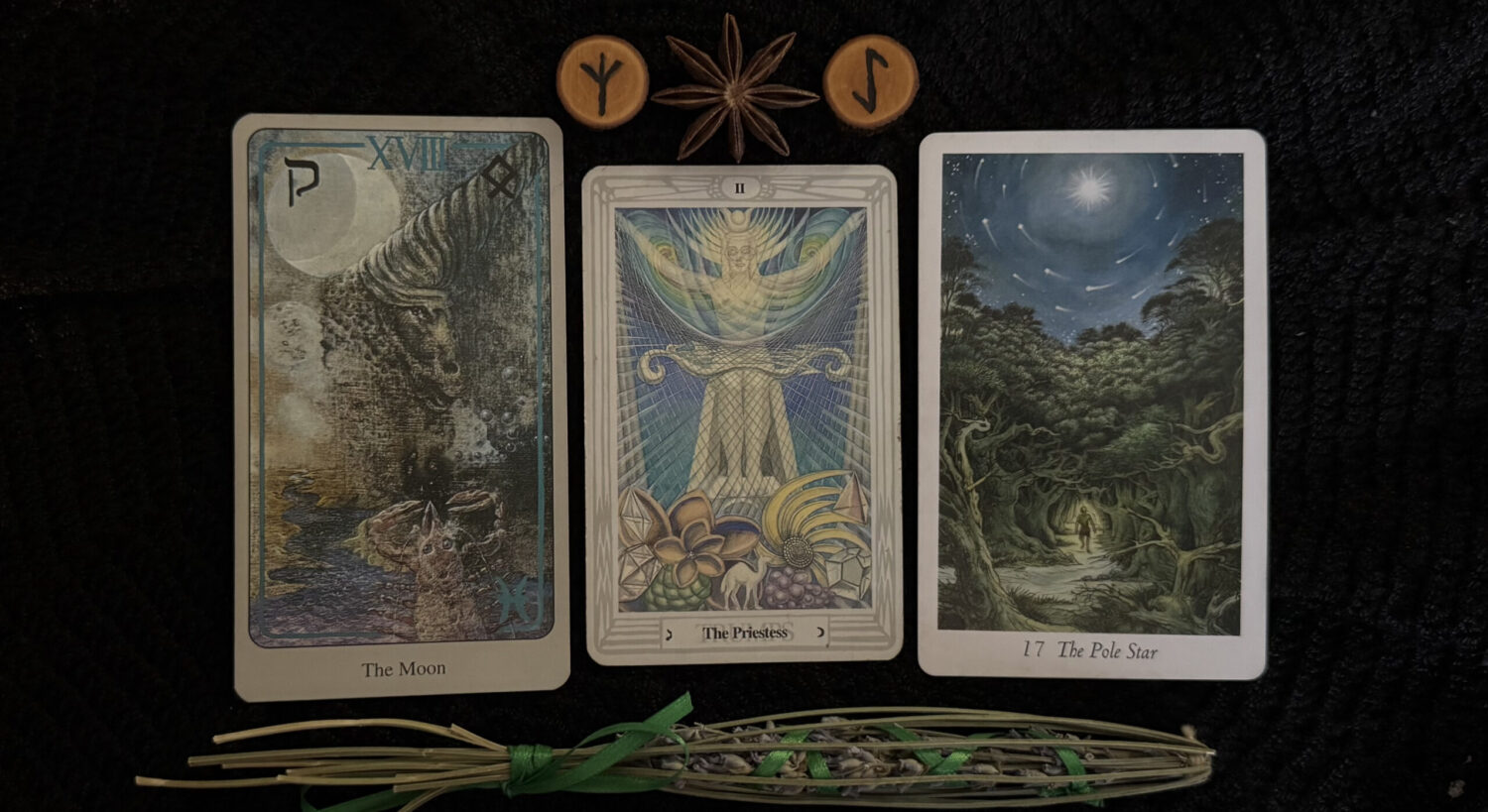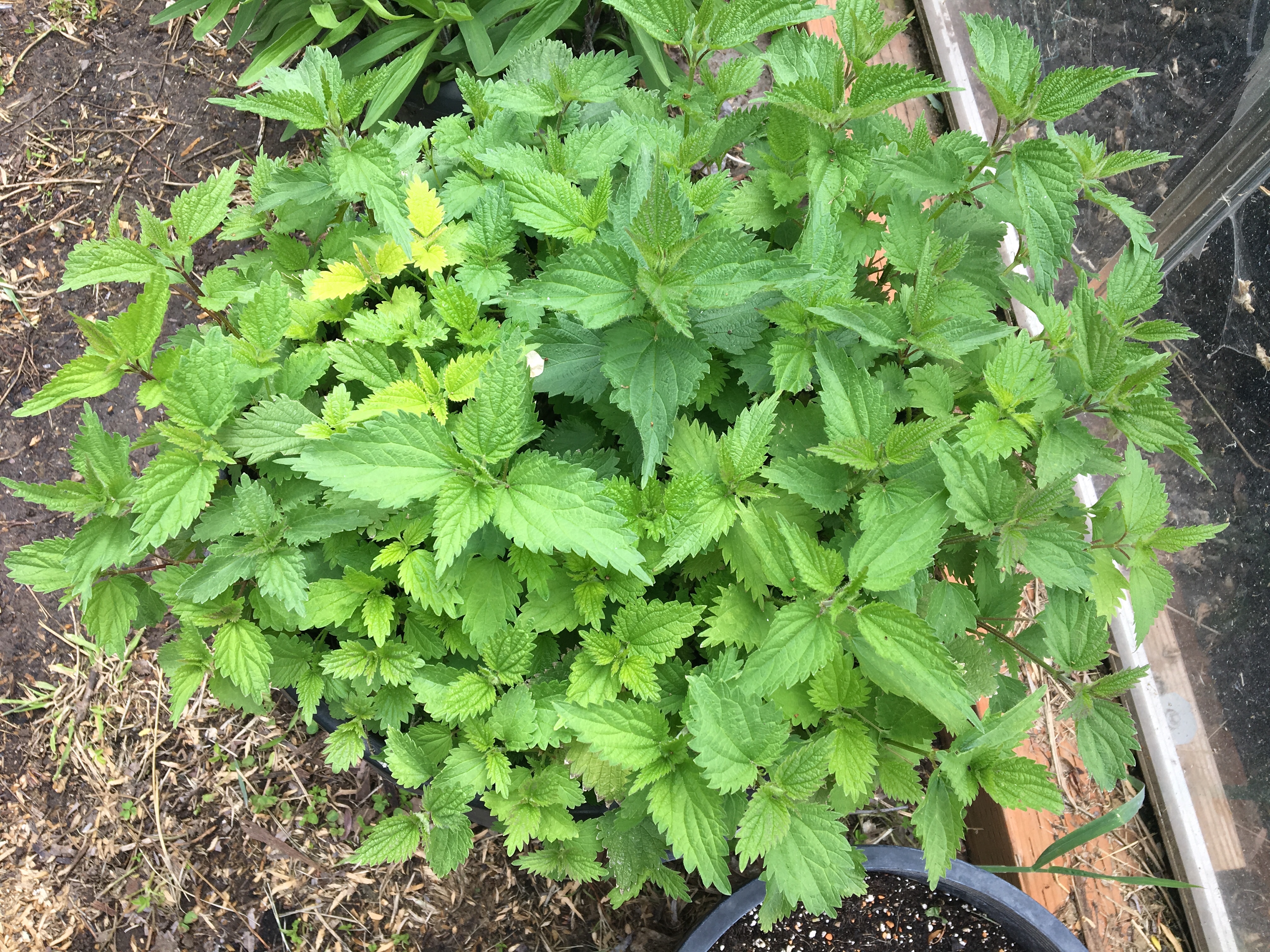Plants that improve (alter) the way the liver functions play an essential role in maintaining health. And in my case, I’m fortunate that these healing plants grow all over my property, either somewhere in the yard or in my pasture. Each one of the plants/herbs I’m including here are both perennial and prolific and are staples in my medicinal herb cabinet.
The liver, the largest organ in the body, cleanses, purifies, and detoxifies the blood. Liver alterative herbs aid digestion with their bitter quality, stimulating digestion while neutralizing gastric acids, and promoting bile to remove toxins from the body.
In addition, liver alterative plants/herbs are used for conditions associated with liver malfunction, chronic diseases, hormone issues, skin problems, and nervous system issues. In fact, it’s my belief that liver alterative plants/herbs, in both leaf and root form, are the place to begin when treating any number of chronic and acute health problems. In other words, cleanse the master cleanse system and the rest follows.
Although I initially achieved remission from severe rheumatoid arthritis using concentrated cannabis medicines, I continue to stay in remission using liver alterative herbs in daily teas and tinctures.

Dandelion 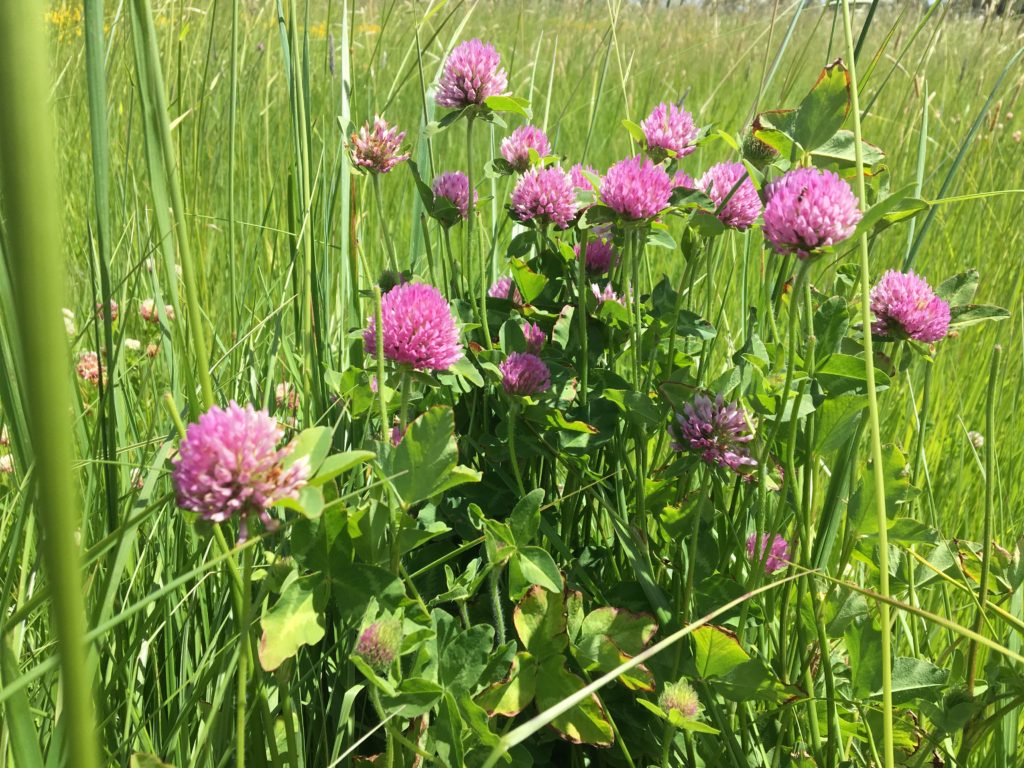
Red Clover 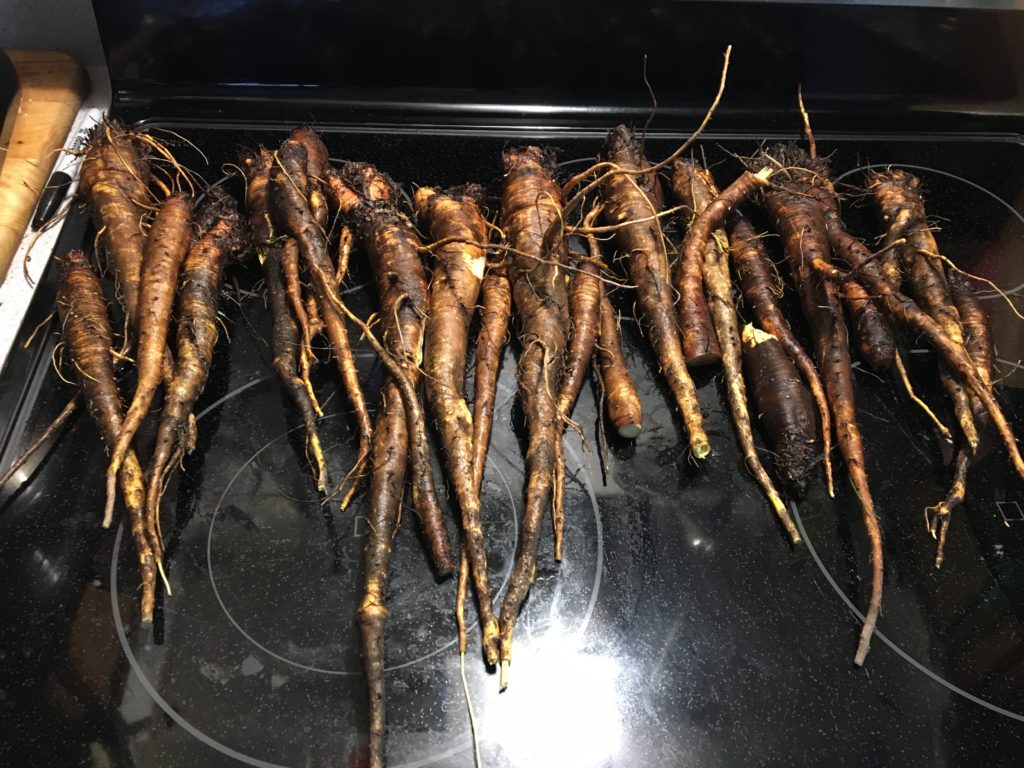
Yellow Dock 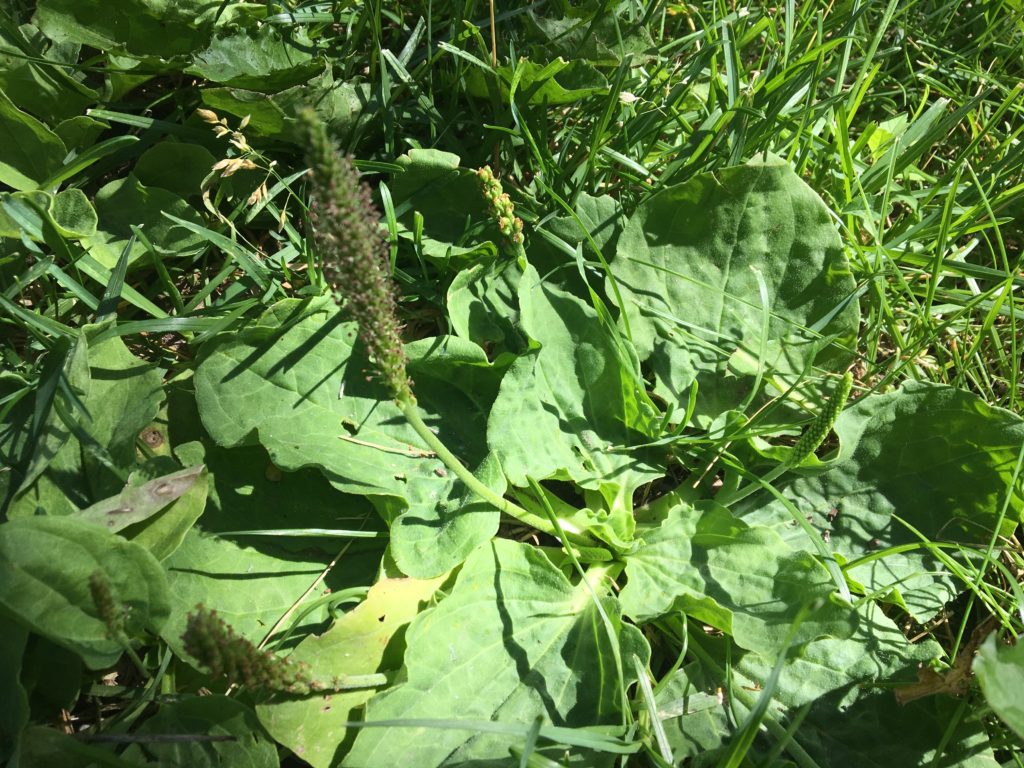
Plantain 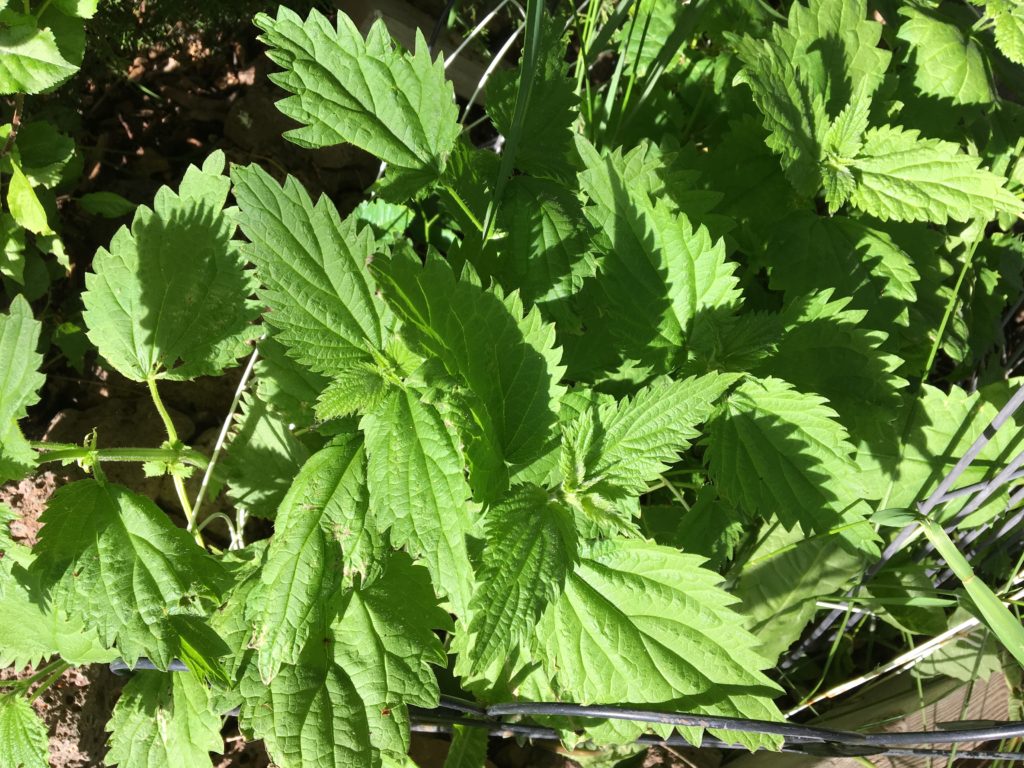
Nettle
One note, however, about tea preparation. Teas are prepared in two ways: infusion and decoction. Infusion is used for leaves, flowers, seeds and roots with volatile oils while the remainder of the roots along with barks and seeds that aren’t considered aromatic are decocted.
Most people are familiar with infusion whether they know that word or not because it’s the same method as simply steeping a tea bag in a cup of hot water. But an infusion can also involve pouring boiling water into a larger container such as a mason jar with two-thirds of it loosely filled with herbs allowing it to infuse for twenty minutes or longer for a stronger brew. A French Press works as well and you don’t need to strain the herbs when it’s finished, just depress the plunger.
Decoction is a fancy word for simmering. However, it’s a slower process than simply turning on the burner to high and boiling the roots in a pan of water. Instead, it’s best to begin either with cold or lukewarm water, add the roots (or bark) and then let the mixture slowly build to a simmer. Do not boil. Twenty to thirty minutes later you have a lovely healing tea.
Dandelion (Taraxacum Officinal)
Its wishes a favorite of children and witches everywhere, dandelion’s leaf and root purify and tone the liver and have additional diuretic benefits as well. It grows wherever it wants on my property and is a staple in my tea blends. Infusion is used for the aerial parts while the root is decocted. And for a really strong tea blend, the root can be decocted in a quart of water and when finished, strained and the liquid used as the hot water that’s poured over dandelion leaf and/or other herbs for a stronger infusion.
The leaf is gathered in Spring and throughout the Summer months while it’s best to dig the root in Spring and Fall. Dandelion cleanses the blood and increases urination to remove impurities from the body. It contains a variety of constituents such as glycosides and carotenoids, as well as a large amount of potassium.
Young dandelion leaves can be used in springtime salads or cooked along with other greens. Juicing the leaf is also useful and the flowers make a wonderful wine. The roots can also be roasted and used as a coffee substitute. Otherwise, dandelion leaf is infused and the root is decocted, its sweet and mild flavor blending well with other herbs or as a delightful beverage on its own.
Red Clover (Trifolium pratense)
Red clover grows throughout my pasture, fixing nitrogen in the soil, and growing best after the field has had its first cutting. Then it tends to overtake the pasture grasses and its deep pink and red blossoms provide food for my bees and a foundation for many of my tea blends. Its large red blossoms stand tall amidst the pasture grasses in contrast to the lower growing white clover variety and are used to treat liver imbalances, skin disorders, respiratory complaints, and has an anti-tumor effect. Combined with other herbs, red clover is versatile and its sweet taste provides a lovely addition to teas.
I gather the whole plant to share with the chickens throughout the summer months which they devour in minutes and I strew the dried flowers in their brood boxes and include them along with oregano and other herbs in a warm oatmeal mixture which they love. Or it could be the addition of mealworms or soldier worms but either way, the red clover blossoms provide not only healing properties but vitamins and minerals as well.
I infuse the fresh flowers during the growing season along with dandelion leaf, nettles, plantain, and other fresh herbs I gather and their detoxifying effect is profound. Even my husband looks forward to his daily herbal tea to keep everything in balance and running smoothly. Rosemary Gladstar, however, in her book, Herbs for Common Ailments: How to Make and Use Herbal Remedies for Home Health Care cautions that anyone with blood clotting issues such as hemophilia should not use red clover due to its blood-thinning quality (Loc 745, Kindle).
Yellow Dock (Rumex crispus)
Yellow dock grows in pastures, alongside the road, and wherever its seeds end up blowing which is typically wherever it likes on my property. I find it growing in flower beds and other landscaped areas and its dark seed heads stand above other grasses in my pasture and are easy to spot when it’s time to gather it for its large taproot.
The seeds contain protein and can be added to fortify baked goods or cereals while the leaves have been used in cooking. However, the leaves do contain oxalate which bothers the kidneys in some people, so at minimum, avoid daily use or avoid entirely if prone to kidney issues (Sage Mountain).
While the outer bark or skin of the root is dark, the inner flesh of the root is white/yellowish and its decoction purifies the blood, promotes the formation of bile to improve digestion, and is beneficial as a laxative. It’s also been shown to help treat and balance menstrual issues. The root can be dried for winter use or can be decocted fresh.
Together with dandelion root, whenever my body feels sluggish, particularly coming out of the winter months, a decoction of dandelion and yellow dock roots poured over nettle, dandelion leaf, cleavers, plantain, and chickweed flushes toxins and improves my health and disposition. And as a poultice, yellow dock leaves/root are useful for skin eruptions and other skin disorders.
Plantain (Plantago major, Plantago lanceolata)
Whether it’s in the broadleaf or slender form, plantain is my go-to (along with the gel found in the stems of fresh comfrey leaves) for insect bites and other skin conditions as well as to flush toxins from the body. Rosemary Gladstar writes:
Plantain is among the best herbs for poultices of all kinds. It’s an important herb for treating blood toxicity and blood poisoning and is generally used both internally and externally for this purpose.
Rosemary Gladstar – Herbs for Common Ailments: How to Make and Use Herbal Remedies for Home Health Care (Loc 727, Kindle)
I live on the high desert of Central Oregon at around 3,000 feet above sea level and in my area, plantain generally begins growing in the Spring after the dandelion has begun growing again. So, I have to wait a bit before gathering any fresh leaves for tea or for use in skin liniments and tinctures.
As a foundational herb, plantain combines well with other liver herbs to purify the blood and manage liver function. Infuse as you would other leafy herbs for 15-20 minutes. Or if using plantain externally, bruise a leaf and lay it over skin abrasions, insect bites, or bee stings or pulverize a few leaves in a mortar and pestle for a thicker poultice to draw out toxins and soothe inflammation.
Nettles (Urtica dioica)
Because this wonderful herb does not grow naturally on my property, I have planted it in pots and in a landscape bed of its own, guarded by a concoction of landscape fencing and screens for no particular reason other than desperation due to ducks that won’t stay out of the nettle bed. Seriously. They ate it to the ground.
Its stinging nature is legendary and one would think it’s not to be trifled with, but trifle away because there is nothing better for your body than nettle, with dandelion a close second. Stir fry nettles with other greens in the spring or use them in teas and tinctures but do use them. As a tonic, nettles are chock full of minerals and vitamins, relieves allergy symptoms, purifies the blood, and is useful for arthritis conditions (Tierra). And nettles can also be used on your hair as a rinse to stimulate growth by simmering them in a quart of boiling water, straining, and then massaging into the scalp. (Grieve).
Nettles can be used either fresh or dried in teas or tinctures and I include them in nearly all of the tea blends I create. Gloves are recommended when gathering because of their stinging hairs even though I cheat a bit and use scissors to both cut and bring them to my gathering bowl. If I’m lucky, which I’m not, they fall into the bowl before touching my skin. But should that happen, I will feel the effect for hours. But honestly, I don’t care. I love nettles so much that I grow them in a large pot on my front deck…alongside large pots of cleavers and chickweed amidst the flowers and other herbs that grow there.
Realistically, I look to the liver first when dealing with imbalances and I find that if I focus on or at least include liver herbs in my teas and tinctures many of my issues are resolved. It’s likely due to their ground-floor or foundational nature, especially the roots, that get things flowing in the right direction whether it’s purifying the blood or nourishing, toning, and balancing the rest of the body’s systems. Herbs such as the ones described above do just that and if used properly, they can heal illness and protect the body in a natural and synergistic manner.
So, gather your herbs and dig their roots if appropriate but above all align with their healing energies and allow them to bless and improve your health!
Herbal Blessings to all!
Disclaimer:
The information above is for educational purposes only and is not intended to diagnose any condition or prescribe any treatment. Please consult your medical/herbal professional for further advice regarding the use of herbs, particularly if you’re already taking prescribed medications to avoid any unnecessary or harmful interactions. Please seek treatment from a medical professional should symptoms occur that do not quickly resolve on their own. If you’re pregnant or planning to become pregnant, please consult your medical/herbal professional before using any herbs.
[wordads]
References:
- A Modern Herbal by Mrs. Grieve. Volume 1 and Volume 2
- Herbs for Common Ailments by Rosemary Gladstar
- The Way of Herbs by Michael Tierra
- Sage Mountain course work
If anyone intends to either quote something I've written, or intends to post any part of my work, including my videos, on any other site, please ask permission before doing so. Any reposting of my work without permission can be considered as copyright infringement, so please ask. And if I give permission, you MUST clearly reference my name as author and my website. No exceptions. The words an author writes are sacred. Unapproved use is not.
Thank you... Jan Erickson
